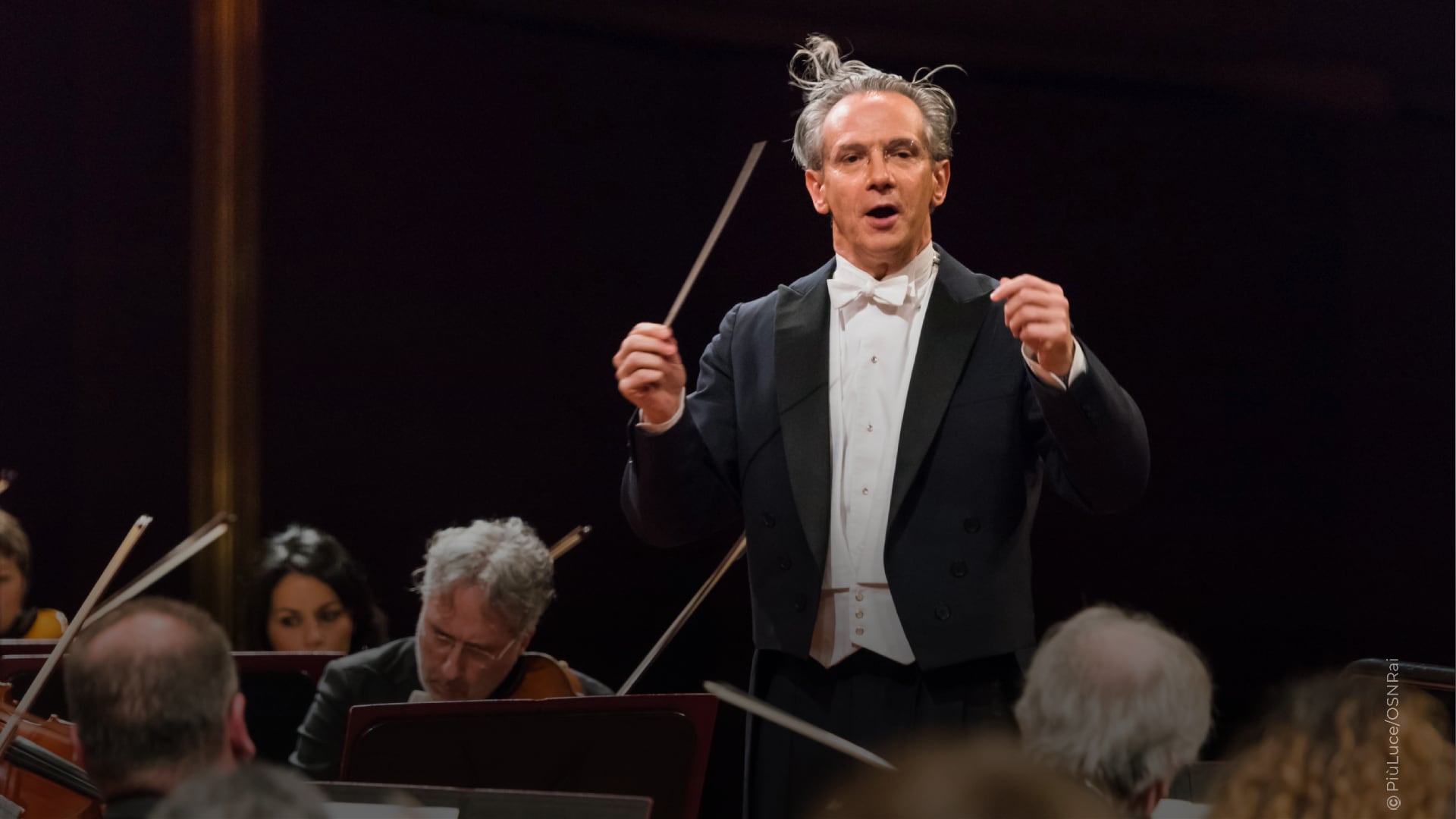The grandiose Mahlerian page is highly significant for the recent history of the Rai Orchestra: it was in fact performed in January 2006 under the baton of Raphael Frühbeck de Burgos for the reopening of the Rai Auditorium in Turin after eight years of restoration
In the following years it was revived in March 2014 by Juraj Valcuha and in January 2020 by James Conlon, both principal directors of the team in those years. Today the symphony, involving more than 110 instrumentalists on stage, to which are added a 70-voice choir And two solo singers, is called upon to represent a return to the sumptuous normality of a large symphony orchestra like that of Rai, after the reduced-rank programming that has become necessary in recent years due to the pandemic. To interpret it, alongside Fabio Luisi – who holds prestigious positions at the Danish Radio Orchestra, the Dallas Symphony Orchestra and the NHK Symphony Orchestra of Tokyo, and who will conduct five different concerts during the Rai season – are called the Chorus of the Teatro Regio of Turin directed by Andrea Secchi e soprano lead voices Valentina Farcas and the contralto Wiebke Lehmkuhl.
Composed between 1888 and 1894, when Mahler was director of the Budapest and Hamburg Opera Houses, the Second Symphony is the work that required its composer the longest gestation time. It is a choral work of monumental proportions, begun by a twenty-eight-year-old boy and finished six years later by a thirty-four-year-old man, already quite successful. In fact, during the drafting of the Second Symphony, Mahler progressively approached the awareness of having reached maturity, also thanks to his growing success as an orchestra conductor, which gave him a completely new authority
Tickets for the concert on October 20 in Turin, from 9 to 30 euros, are on sale online and at the ticket office of the Rai Auditorium in Turin. Information: 011.8104653 – biglietteria.osn@rai.it
Wednesday 19 October 2022, 8.00pm
Thursday 20 October 2022, 8.30pm
Fabio Luisi director
VALENTINA FARCAS soprano
WIEBKE LEHMKUHL alto
TURIN REGIO THEATER CHOIR
ANDREW DRY choir director
RAI NATIONAL SYMPHONY ORCHESTRA
Gustav Mahler (1860-1911)
Symphony no. 2 in C minor Resurrection for soloists, chorus and orchestra,
on texts from Des Knaben Wunderhorn and from Der Messias by Friedrich Klopstock (1888-1895)
I. Allegro majestic. Mit durchhaus ernstem und feierlichem Ausdruck (With a completely serious and solemn expression)
II. Moderate going. Sehr gemächlich (Very comfortable)
III. In ruhig flowssender Bewegung (With quiet and smooth motion)
IV. Urlicht (primal light). Sehr feierlich, aber schlicht, Choralmässig (Very solemn, but simple, like a chorale)
v. Im Tempo des Scherzo, Wild herausfahrend (Breaking Savage) – Langsam (Slow) – Allegro energico – Langsam – Aufersteh’n (You will rise again). Langsam. Mysterious
Duration: 80′ approx.
Last Rai performance in Turin: 23 January 2020, James Conlon, Lucia Cesaroni, Vivien Shotwell, Chorus of the Teatro Regio di Parma
Concert without intermission

